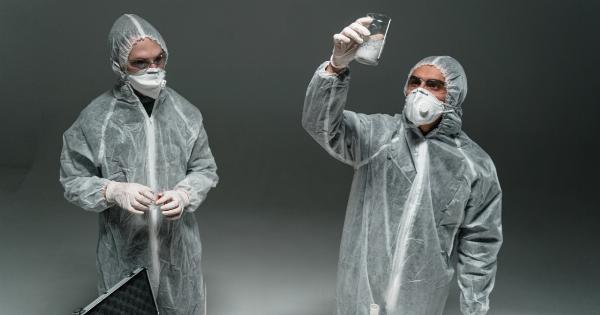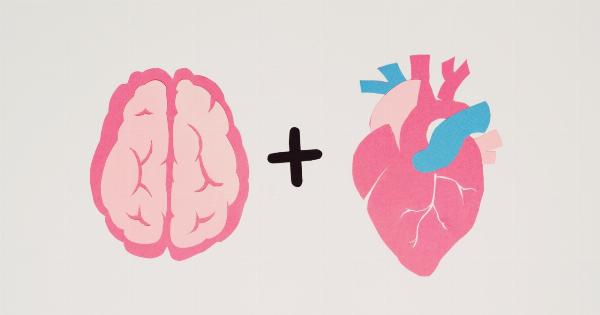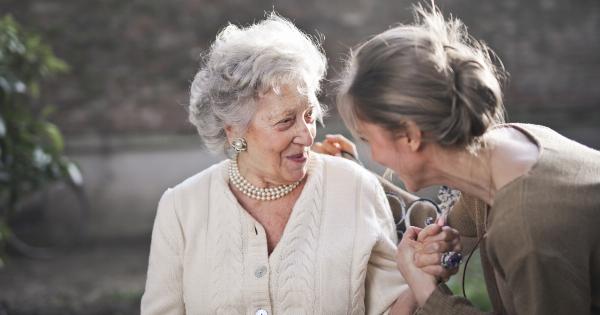In recent times, wearing masks has become a common practice around the world. With the ongoing COVID-19 pandemic, masks have been recommended or mandated in many public settings to help prevent the spread of the virus.
While masks are undoubtedly important for public health, a recent study suggests that they may not completely conceal our true emotions.
The impact of facial expressions on emotional communication
Facial expressions play a crucial role in human communication. From a smile indicating happiness to a frown showing sadness, our faces convey a wide range of emotions.
These expressions allow us to connect with others on an emotional level and facilitate understanding and empathy.
When we wear masks, a significant portion of our face becomes covered, including the mouth and nose. This partial concealment limits the visibility of key facial features involved in emotional expression.
As a result, some researchers have wondered whether masks hinder our ability to accurately interpret and understand each other’s emotions.
The study methodology
To investigate the impact of masks on emotional expression, a team of researchers conducted a study involving a diverse group of participants.
The participants were asked to view a series of photographs showing individuals displaying various emotions, such as happiness, sadness, anger, and fear. Some of the images were presented with the faces uncovered, while others had the faces partially obscured by masks.
During the experiment, the researchers recorded the participants’ reactions and analyzed their responses using various metrics, including accuracy in identifying emotions and the time taken to make a correct judgment.
Results: Masks and the interpretation of emotions
The findings of the study revealed that masks do indeed have an impact on our ability to accurately interpret emotions. Participants struggled more when identifying facial expressions in photographs where the faces were partially covered by masks.
The overall accuracy rate decreased, and it took participants longer to correctly recognize the displayed emotions.
Additionally, the study highlighted that certain emotions are particularly challenging to decipher when masked faces are involved.
For instance, anger and surprise were two emotions that participants frequently misinterpreted or misjudged when the faces were partially hidden.
The underlying mechanisms
Why do masks disrupt our understanding of emotions? Researchers believe that it relates to a combination of factors. Firstly, masks obscure the visibility of crucial facial muscles and movements.
When we express emotions, our facial muscles contract and relax in specific patterns, contributing to the unique features associated with each emotion.
Secondly, masks influence our ability to see the finer details of facial expressions. Subtle cues, such as the curvature of the lips or the crinkling of the eyes, can greatly contribute to accurate emotion recognition.
However, these cues are often compromised when masks cover the lower half of the face.
Lastly, human beings naturally rely on holistic processing when interpreting facial expressions. We usually perceive the face as a whole, rather than focusing on individual features.
Masks disrupt this holistic processing by obscuring a significant portion of the face, making it more challenging to gain a full understanding of someone’s emotional state.
Implications for personal interactions
The findings of this research have important implications for personal interactions in a masked society. While masks are necessary for safety, it is crucial to be aware that our emotions may not be as easily understandable when we wear them.
Given the potential communication limitations posed by masks, it is important to consider alternative ways to express and gauge emotions effectively.
Non-verbal cues, such as body language and gestures, become even more significant in the absence of complete facial expression visibility. Active listening and paying attention to the context of a conversation can also aid in understanding emotions better.
Moreover, individuals should be encouraged to communicate their emotional state verbally. Expressing emotions openly can help compensate for the limited visibility of facial expressions and reduce the chances of misinterpretation or misunderstanding.
Conclusion
In a world where wearing masks has become the new norm, it is crucial to recognize the potential limitations they impose on emotional communication.
Masks may not completely hide our emotions, but they certainly make interpreting and understanding them more challenging.
While masks are essential for everyone’s safety, being aware of the potential difficulties in interpreting emotions can help us find alternative ways to connect with others effectively.
By actively listening, paying attention to non-verbal cues, and expressing emotions verbally, we can bridge the communication gap that masks create.





























